Ever looked at your grandma’s Amazon orders and thought, “Wait… how much is she spending?” Yeah, same. Turns out, retirement doesn’t mean retiring from spending—it just means the budget shifts in some wild ways. While working adults are out here dropping cash on lattes and Ubers, seniors are low-key throwing down serious money on things you wouldn’t expect. Like vitamins. Or stairlifts. Or that fancy yarn that somehow costs more than your rent.
It’s not just about indulgence—it’s about survival, comfort, and finally having the time to do what they love (even if it comes with a hefty price tag). So before you side-eye the next senior discount, remember: they might be getting 10% off lunch, but they’re definitely paying full price for a whole lot else. Let’s dive into the surprisingly pricey world of golden-years spending. You might never look at a birdwatching binocular set the same way again.
1. Hearing Aids: Tiny Devices, Giant Price Tags
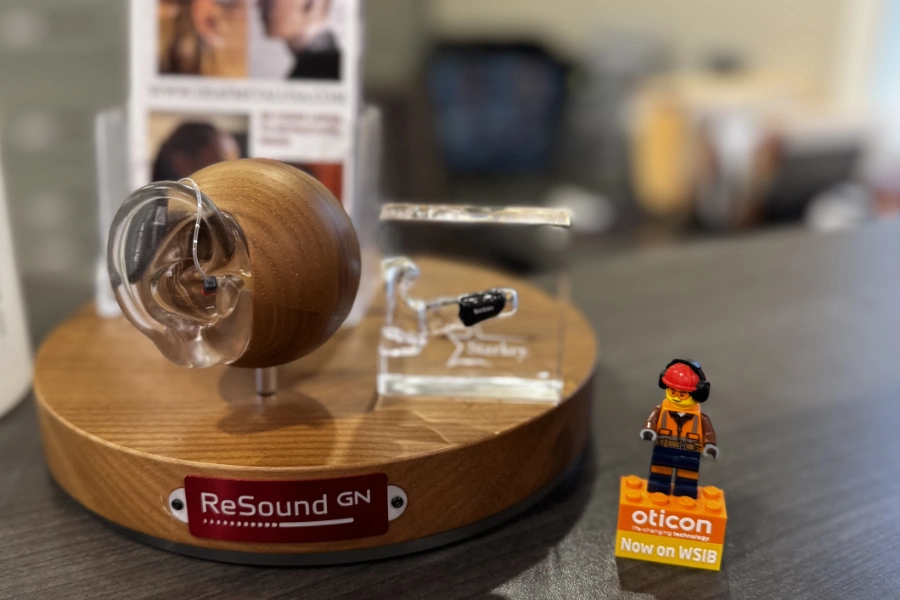
Hearing loss is super common after 65—but the cost of fixing it? Absolutely rude. A pair of hearing aids can cost anywhere from $4,000 to $7,000, and Medicare doesn’t cover them (yes, really). That means retirees are footing the bill for something that feels like a medical necessity but is treated more like a luxury item.
According to a report from The National Library of Medicine, seniors pay more out-of-pocket for hearing aids than almost any other demographic. It’s one of those “surprise expenses” that hits hard, especially if you need new devices every few years. And it’s not like you can just skip them—going without can lead to isolation, depression, and even cognitive decline. Over-the-counter options are starting to pop up, but high-quality models still cost a fortune. So yes, grandpa is dropping more on his ears than you did on your last vacation. Welcome to retirement budgeting.
2. Prescription Co-Pays: One Pill, Two Budgets

It’s no secret seniors take more medications—but what is shocking is just how much more they’re paying. Even with Medicare, out-of-pocket drug costs for retirees often exceed what younger, insured adults pay through employer plans. Co-pays, tiered pricing, and that pesky “donut hole” make prescription budgeting an Olympic sport.
Per a CNBC, retirees spent over $1,200 on average in 2022 just on prescriptions. And we’re not talking experimental snake oil here—we mean basics like blood pressure meds and cholesterol pills. That’s a lot of money to stay alive, honestly. Add in the fact that prices for common drugs like Eliquis and Xarelto keep creeping up, and it’s no wonder seniors are feeling squeezed. Meanwhile, working adults might breeze through the pharmacy with a $10 copay. Retirees, on the other hand, are the ones keeping drugstore chains alive.
3. Dental Work: Smiles That Drain Savings
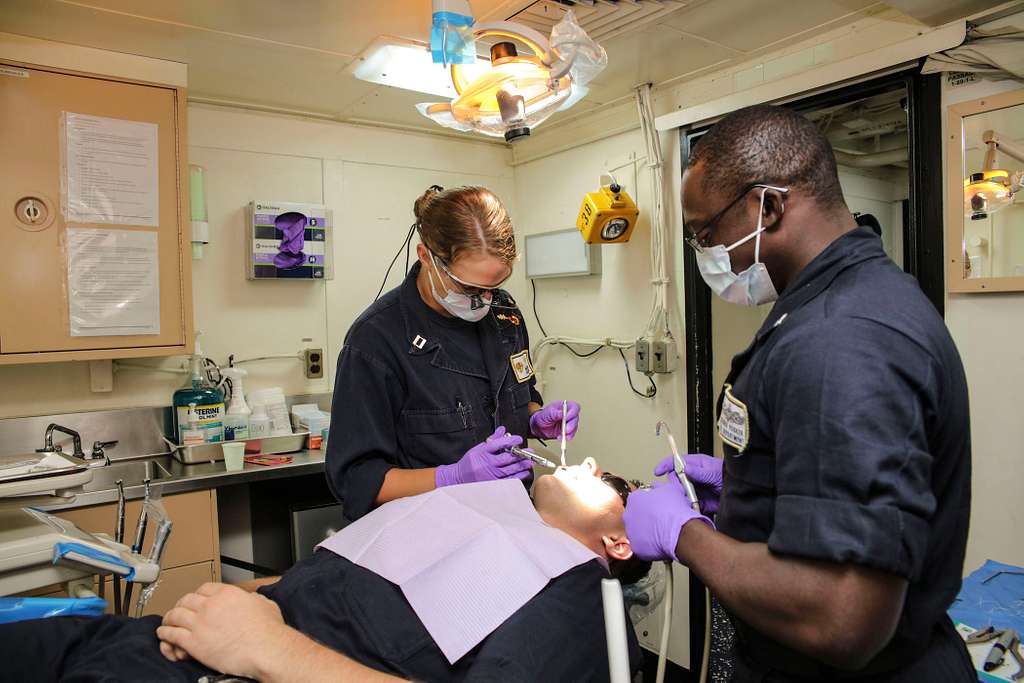
Most people don’t realize this, but Medicare doesn’t cover routine dental care—no cleanings, no fillings, no root canals. That means seniors pay cash for everything from checkups to dentures, often at premium prices. And with age comes a whole host of mouth drama—dryness, bone loss, receding gums… glamorous stuff.
Reuters reported that more than 50% of older Americans skip dental visits due to cost, even when they need urgent work. Crowns, implants, and bridge work can cost thousands, and they’re not optional if you like chewing. Plus, untreated dental issues can spiral into serious health problems. So while Gen Z might be spending money on teeth whitening kits and fancy toothpaste, retirees are taking out loans for molars. Retirement tip: floss like your budget depends on it—because someday, it just might.
4. Travel Insurance: Because One Fall Can Wreck a Cruise

Seniors love to travel (hello, bucket list), but they’re also more likely to need medical help abroad—and that gets pricey. That’s why retirees spend significantly more on travel insurance than younger adults, especially for international trips. It’s less about lost luggage and more about “will this cover my emergency gallbladder surgery in Portugal?”
A report from Forbes revealed that senior travelers pay double—or even triple—the travel insurance rates of younger tourists. This is because providers assess more risk with age: pre-existing conditions, slower recovery times, and the general unpredictability of aging. It’s the price of peace of mind, sure, but it’s also another reminder that retirement freedom isn’t exactly free. And forget using a credit card perk—most of those don’t cover older age brackets. So while your 35-year-old niece is booking flights with reckless abandon, retirees are out here doing risk assessments like travel actuaries. Aging: the ultimate fine print.
5. Home Utilities: When the Thermostat Wars End… and the Bills Begin
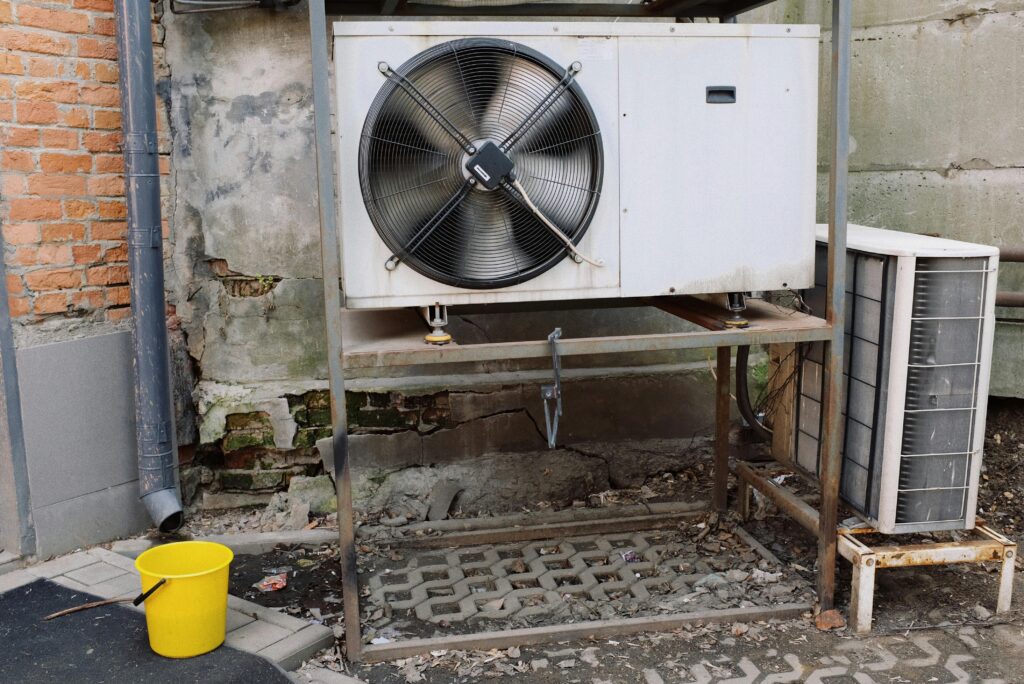
Working folks get to leave the house all day. Retirees? They live in their utility bills. With more time spent at home, seniors naturally use more electricity, water, and heating or cooling—especially in extreme climates. That means higher monthly expenses, even if the thermostat is kept modestly frugal.
A study from the University of Maryland found that adults over the age of 60 are spending more money on energy than their younger counterparts. It’s not just a comfort issue; extreme temperatures are a real health risk as we age. So while younger adults grumble over their A/C costs in July, retirees are calculating kilowatt-hours like it’s their side hustle. And since many live alone, there’s no roommate or spouse to split the bill. Just another quiet way retirement gets more expensive the longer you stay in it. Spoiler alert: the power company doesn’t care if you’re 75 and cold.
6. Physical Therapy: Rehab Ain’t Cheap
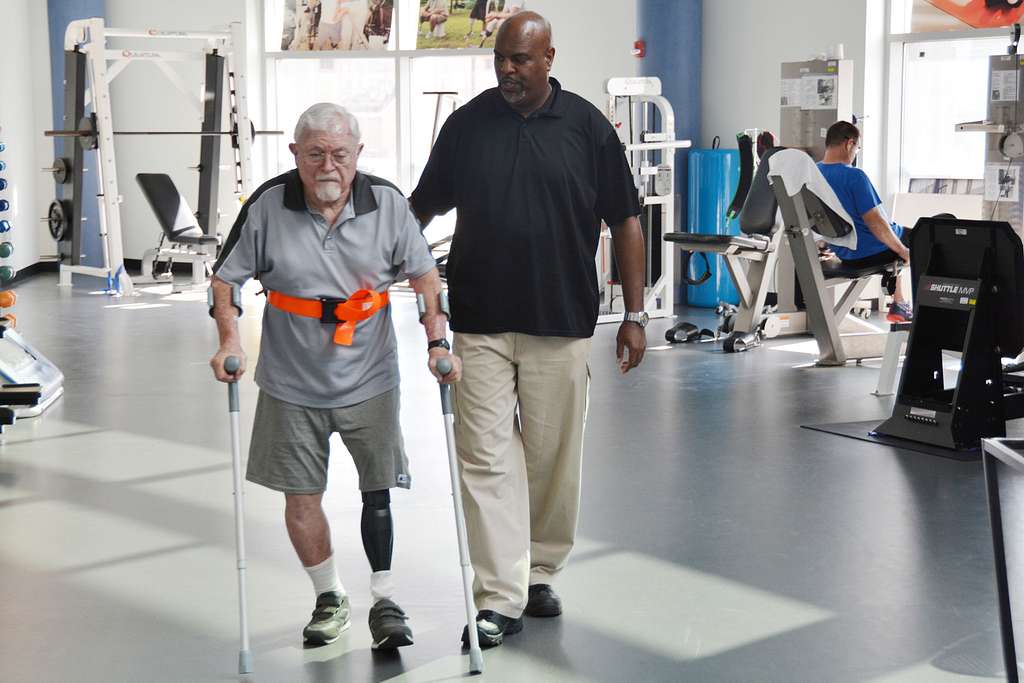
You’d think after a lifetime of stairs, sports, and shoveling snow, your body would get a break—but nope. Retirement often comes with an all-you-can-eat buffet of joint pain, back tweaks, and post-surgery recoveries. Enter: physical therapy, which seniors often need more than any other age group. And surprise! It’s not cheap.
While some sessions are covered by Medicare, there are caps, co-pays, and out-of-pocket limits that get complicated real fast. Plus, PT is rarely a one-and-done deal—it’s more like twice a week for six weeks minimum. And when you’re told it’s either therapy or slowly morphing into a question mark posture-wise, you make the sacrifice. Meanwhile, younger folks can sometimes dodge these costs with a few yoga classes and a heating pad. Seniors? They’re practically on a first-name basis with their PT. It’s helpful, sure—but it’s also one more line item eating away at those golden-year savings.
7. Home Modifications: Safety First, Wallet Second
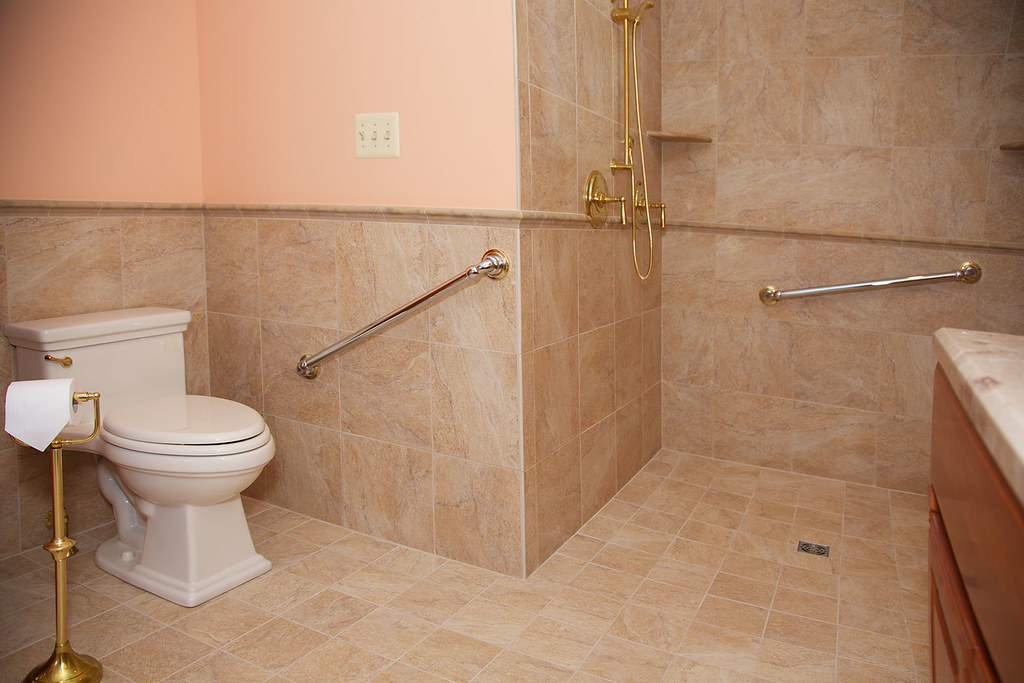
Retirement often means aging in place, but that cozy home suddenly needs a few “adjustments.” Think grab bars in the shower, stair lifts, wider doorways, and anti-slip everything. These renovations add up quickly—especially if mobility becomes a concern.
Many working adults don’t think twice about their home’s layout, but seniors are budgeting for ramps and walk-in tubs like it’s a home makeover show with none of the glam. These aren’t vanity upgrades—they’re survival strategies. And they’re rarely covered by insurance. So the $5,000 stairlift? All yours. The good news is it adds safety. The bad news? It also adds another dent to your retirement fund.
8. Funeral and Burial Plans: Buying the Farm… Literally

Here’s a bleak but honest one: seniors often spend way more than younger folks on planning their own final exit. Caskets, urns, cemetery plots, flowers, obits, memorial services—it all adds up faster than a Vegas wedding. Working adults usually don’t think about this stuff yet, but seniors? They’ve already picked out the music and pre-paid for the headstone.
Some even purchase “final expense” insurance to cover it all, which means monthly premiums on top of everything else. Others just straight-up budget thousands for a peaceful (and hopefully fabulous) farewell. Dying may be inevitable, but dying with style apparently comes with a receipt. It’s morbid, but it’s also weirdly sweet—ensuring your kids aren’t scrambling to Venmo funeral costs. Still, it’s an expense few people see coming. Literally going out with a bang… and a bill.
9. Pet Expenses: Because Retirement Is Lonely Without a Furry Roommate

Once the kids are gone and the house is quiet, a lot of retirees turn to four-legged companions to fill the void. But those vet bills? Not exactly “golden years” friendly. From annual checkups to emergency surgeries, pets can cost seniors thousands every year.
And don’t forget food, meds, grooming, pet insurance (yes, that’s a thing), and boarding if they travel. Many working adults can offset these costs with higher incomes or even workplace pet insurance benefits. Retirees, though, are dipping into fixed budgets. Still, most would say it’s worth it for the company, routine, and unconditional love. But make no mistake—Fluffy might secretly be the most expensive member of the household. Cute? Yes. Budget-friendly? Not so much.
10. Vision Care: Specs, Surgery, and Surprise Costs
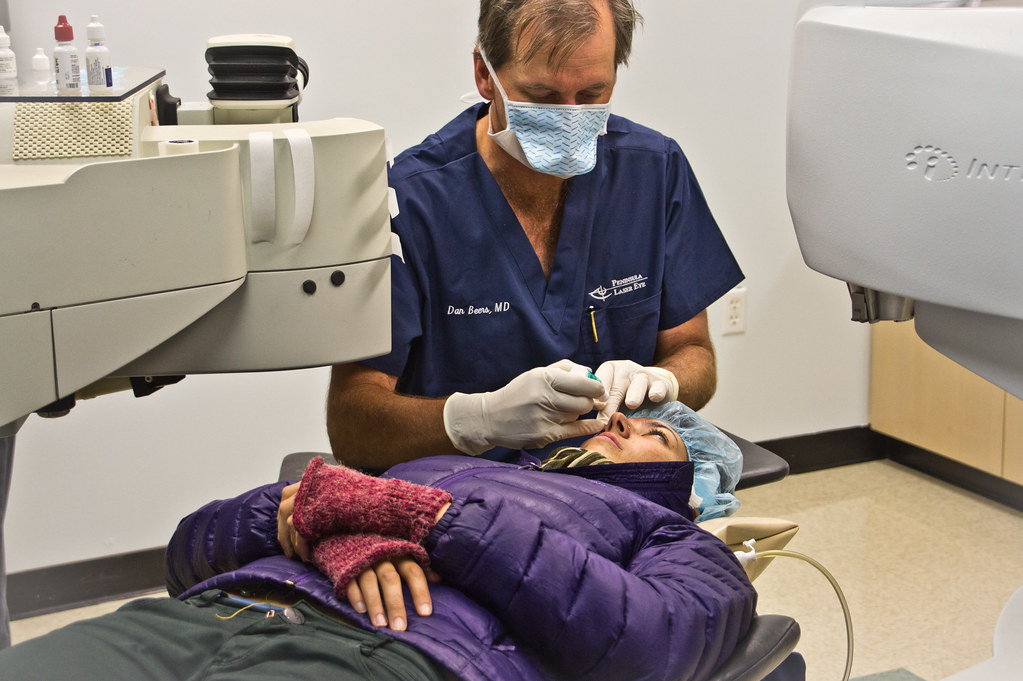
Getting older basically guarantees a front-row seat to the slow decline of your eyesight. Reading menus in dim lighting? Good luck. Most seniors need glasses, and not just one pair—bifocals, readers, prescription sunnies, the works.
Vision insurance isn’t always included with Medicare, so you’re often paying out-of-pocket for exams, lenses, and fancy frames. And if cataracts show up (spoiler: they probably will), that means surgery—and more costs. While working adults often rely on employer benefits, seniors are navigating a piecemeal system. And let’s be honest: glasses aren’t cheap, especially if you want something that doesn’t scream “retired librarian.” Toss in dry eye treatments and the occasional retinal scan, and you’ve got a sneaky little money pit. All so you can still see your grandkids’ faces in hi-def.
11. Nutrition Supplements and “Senior” Vitamins

Gummy vitamins? Fun. Senior vitamins? Expensive. Once you hit a certain age, doctors start recommending a small army of supplements—calcium for bones, D3 for immunity, B12 for energy, and maybe some magnesium for sleep.
These pills aren’t usually covered by insurance, but they’re “highly recommended,” which is code for “better buy them or else.” And don’t even get started on probiotic powders, omega-3 fish oils, or fancy turmeric blends. It’s a whole industry built on aging gracefully… and spending gracefully, too. Younger adults might grab a multivitamin and call it a day. Retirees, on the other hand, are running a full-blown wellness apothecary. The irony? Half of them still can’t remember to take them.
12. Hobbies That Became Expensive Overnight

Retirement is finally the time to dive into hobbies—but no one tells you how expensive some of them are. Golf memberships, art supplies, piano lessons, camera gear, —none of this comes cheap. And unlike younger adults who can procrastinate their passions, seniors often want to make the most of their free time.
Which is beautiful… and pricey. Many hobbies require ongoing expenses: classes, equipment upgrades, maintenance, or travel. Even knitting gets expensive once you start buying luxury yarn like it’s made from unicorn hair. Sure, these activities keep you mentally sharp and socially engaged. But sometimes it’s like, “Why does my birdwatching hobby cost more than my first car?” Passion projects come with passion price tags.
13. Charity and Gifting

Seniors tend to be surprisingly generous, often giving more to charity—and family—than any other age group. That’s amazing… but it also puts pressure on fixed incomes. Whether it’s helping a grandkid with college, donating to a cause they believe in, or tithing at church, retirees are big givers.
Problem is, these gifts often come from retirement savings that aren’t being replenished. Unlike working adults, seniors can’t “make up for it later.” What feels like a small check now could be a big dent later. And while generosity is admirable, it’s not always financially sustainable. A little can go a long way, sure—but it still has to come from somewhere. Just one more way seniors are quietly spending more than you’d expect.
14. Personal Security and Emergency Devices
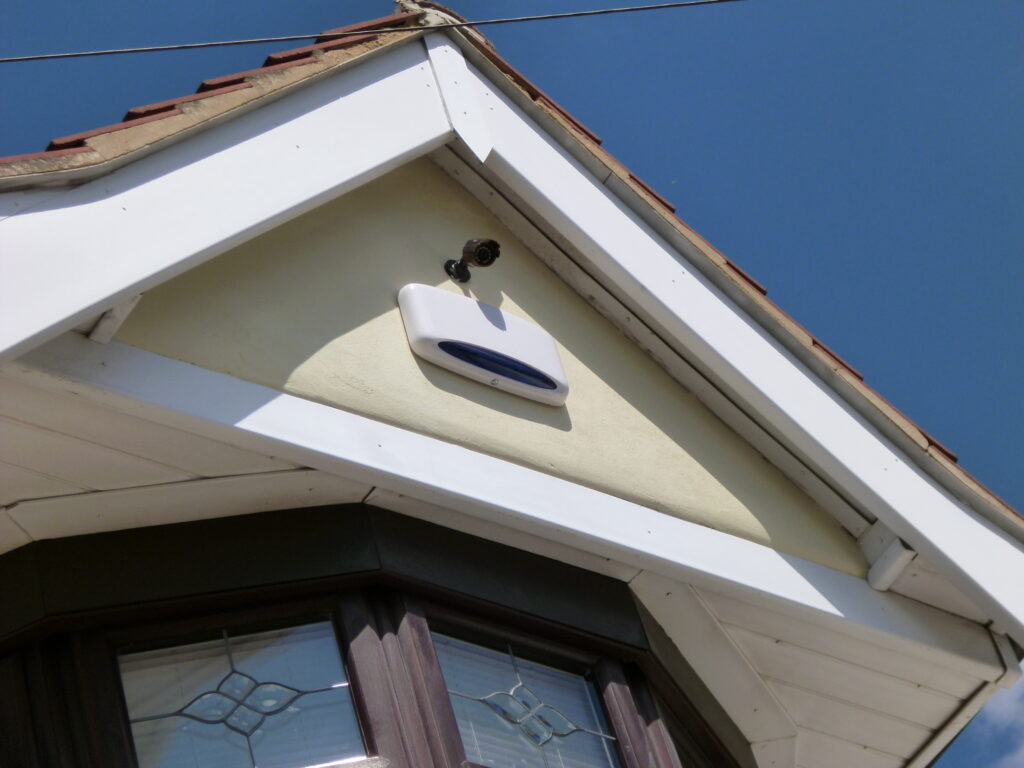
As mobility and independence shift, many seniors start investing in personal safety gear. Think Life Alert systems, home security upgrades, and wearable emergency response tech. These devices provide peace of mind—but they also come with monthly fees, activation costs, and hardware bills.
Younger people might rely on their phones or roommates for help in a pinch. Seniors? They need their tech to literally save their lives. And that tech isn’t always subsidized. Add in fall detection, GPS tracking, and smart-home integrations, and you’ve got a bill the size of a cable bundle. Safety is important, of course—but being constantly reminded you might need rescuing doesn’t come cheap. It’s like a subscription to staying alive.
This article is for informational purposes only and should not be construed as financial advice. Consult a financial professional before making investment or other financial decisions. The author and publisher make no warranties of any kind.








